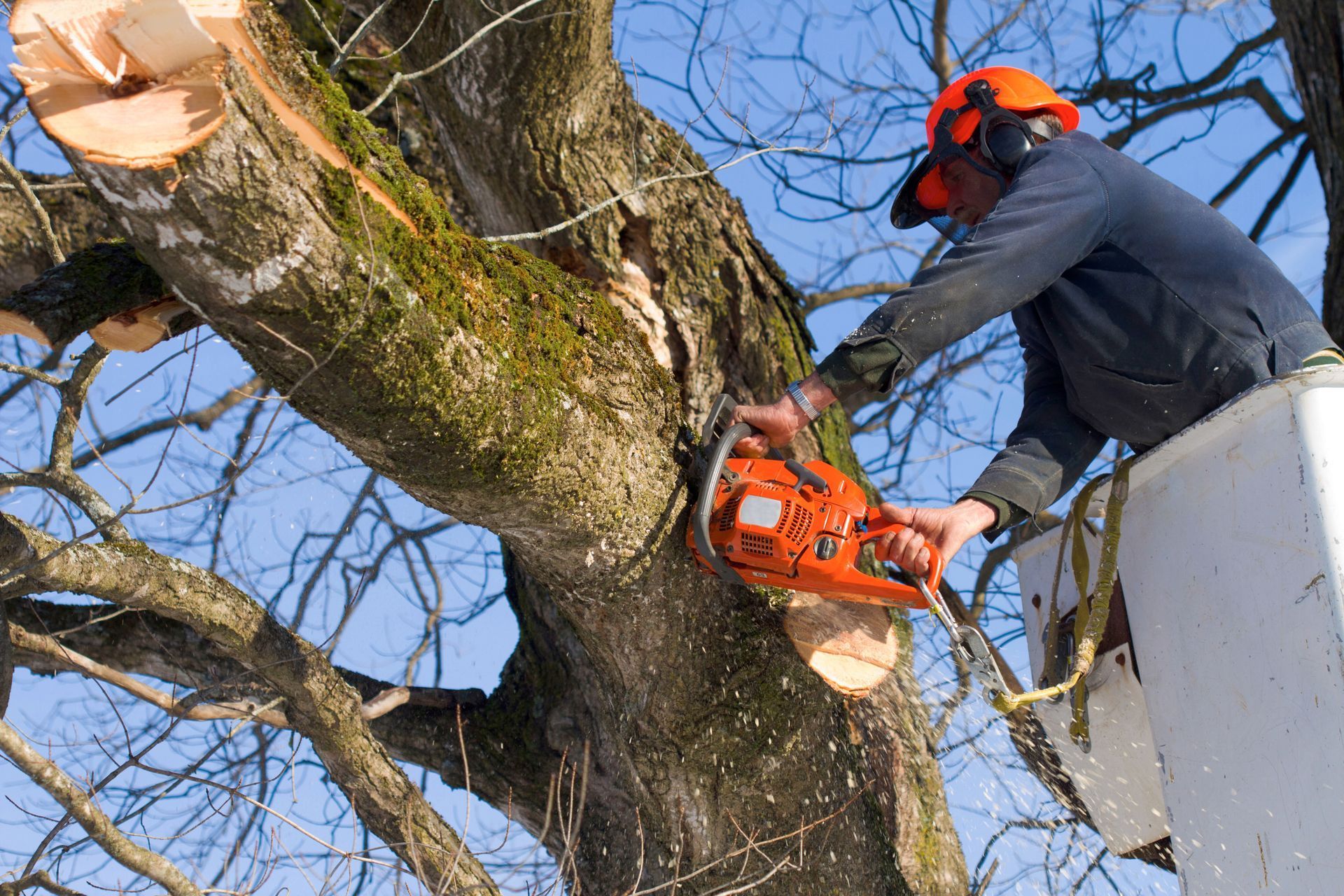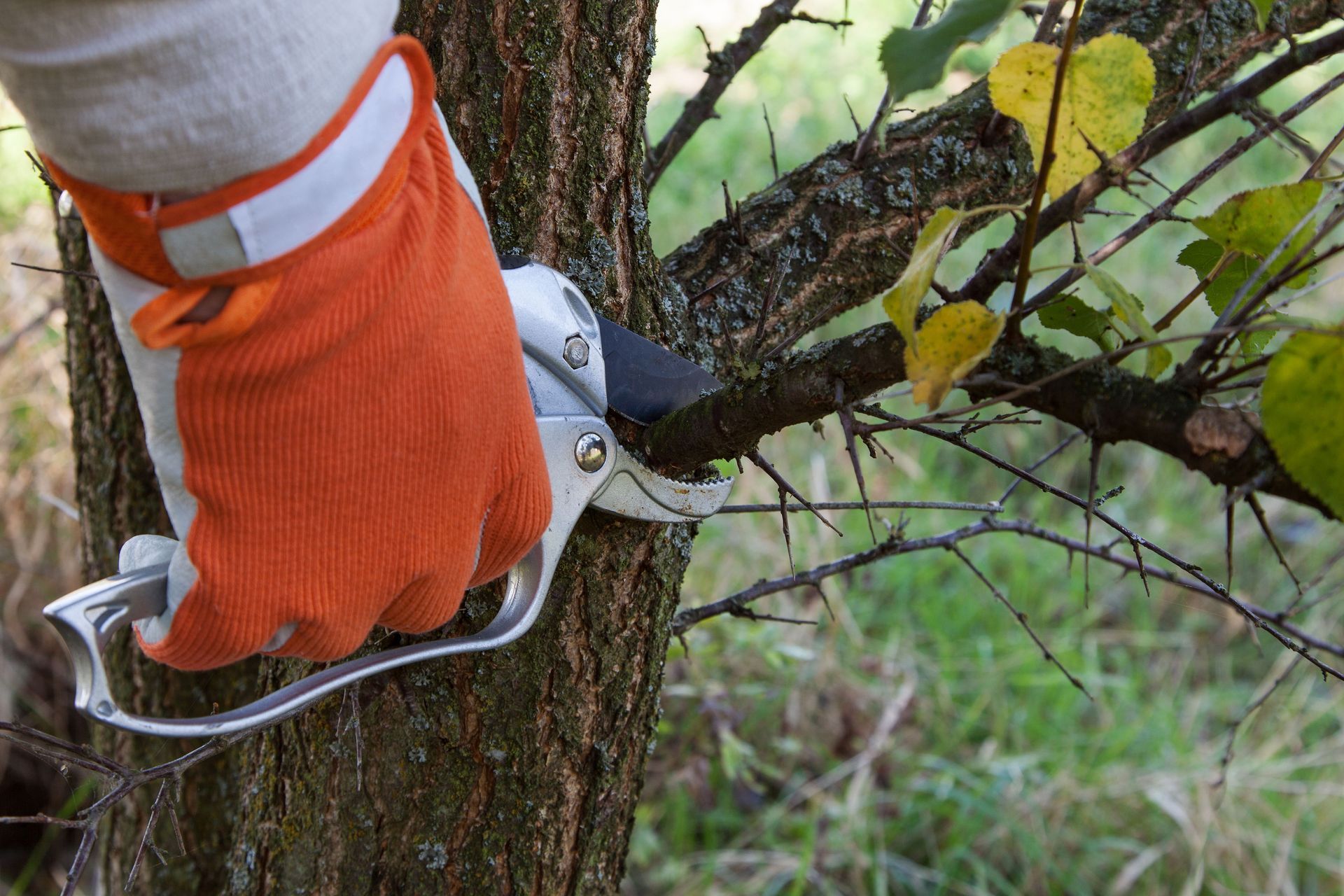May 29, 2020
Evergreens are the iconic tree of the Colorado Rockies, and they are a common part of yard landscapes in the Colorado Springs area. Evergreen trees are named for their needles that stay green throughout the season. These tree needles can tell us a lot about the overall health of the tree.
The needles on my evergreen tree are turning brown and dropping, is my tree dying?
The tree’s needles are indeed a health indicator for the tree, but browning needles is not necessarily a sign that the tree is dying. It depends on how much of the tree is turning brown and where. These are some tips for assessing your tree.
Are the needles on the inner part of the Evergreen Tree turning brown?
While Evergreen trees do not lose all of their leaves in the fall like their deciduous counterparts, they do have their own process for shedding their oldest needles to make room for new growth. Evergreen trees drop the innermost needles on the part of the branches that are closest to the trunk, usually in the fall.
Trees grow from the trunk outward. The branches closest to the tree are the oldest part of the tree, and the branches on the outer canopy are the youngest part of the tree.
The older needles will need to be shed from time to time, but if the rest of the needles on the tree are green and healthy, then this is usually not a cause for concern.
Are the needles on the outer canopy of the Evergreen Tree turning brown?
Colorado is a very dry climate and trees do sometimes lose too much water, particularly over the course of the winter. This can cause a decline in health. When a tree starts to dry out (this is usually referred to as desiccation), its needles will start to turn brown and drop from the outside of the tree inward.
In this situation, the tree is dropping the younger needles and pulling back resources to the trunk. This is a sign that the roots are not able to distribute the water the tree needs throughout the whole tree. If the outer needles are turning brown and dropping, this is a sign that your tree is becoming sick.
A tree service professional can advise on what steps to take, but proper watering is a good first step.
What can I do to bring my tree back to health?
Watering the Tree
If your evergreen tree is declining in health, there are a few things that can be done to nurse it back.
If a tree is drying out, then its roots may not be able to get as much water as it needs from the soil. Water the tree once a month at a trickle when the outside temperature is above 40 degrees.
It is important not to water it at a lower temperature as this may cause the roots to freeze.
Mulching Around Trees
Mulching around the base of the tree can also be very beneficial. Mulch protects the root system and holds in moisture through the winter so that the roots can absorb it. Mulch also insulates the roots and helps to keep them from freezing.
Fertilizing with Deep Root Feeding
Deep root feeding may also help the tree if it is not receiving the nutrients that it needs. A tree service professional will inject a combination of fertilizer ingredients that your tree needs into the soil with a deep root feeding system.
This will strengthen the roots and vascular system of the tree so that it can better distribute nutrients throughout its branches.
All of the needles have turned brown, should I consider tree removal?
When an evergreen tree starts to die out, the needles turn brown and drop starting from the outer canopy and in toward the trunk. This is a result of the roots and vascular system becoming limited in the amount of water they can send to the outermost branches.
Tree Removal for Hazard Prevention
Once an evergreen tree is completely brown it has died off and it may be time to consider tree removal . When a tree dies it dries out and becomes very brittle which increases the risk of the tree falling on something below.
Evergreen trees are particularly prone to falling in a windstorm because the thickness of their branches and needles causes them to act as a wind sail. During the bomb cyclone in the spring of 2019, it was primarily Blue Spruce trees that were dropped during the storm due to their shape.
Tree Removal to Prevent the Spread of Beetle
When an evergreen tree has started dropping needles it is important to check the tree for signs of bark beetle.
Beetle kill is common in Colorado, and the beetles may spread to other trees if not properly mitigated. If beetles are responsible for killing off the tree, actions such as tree spraying can be taken to protect the neighboring trees from becoming infested.
A tree removal company will be able to safely cut a dead tree down and examine it for signs of beetle.
Contact Precision Tree to learn more about what your tree may need. We offer free estimates for tree service and we have been in business for 19 years.




